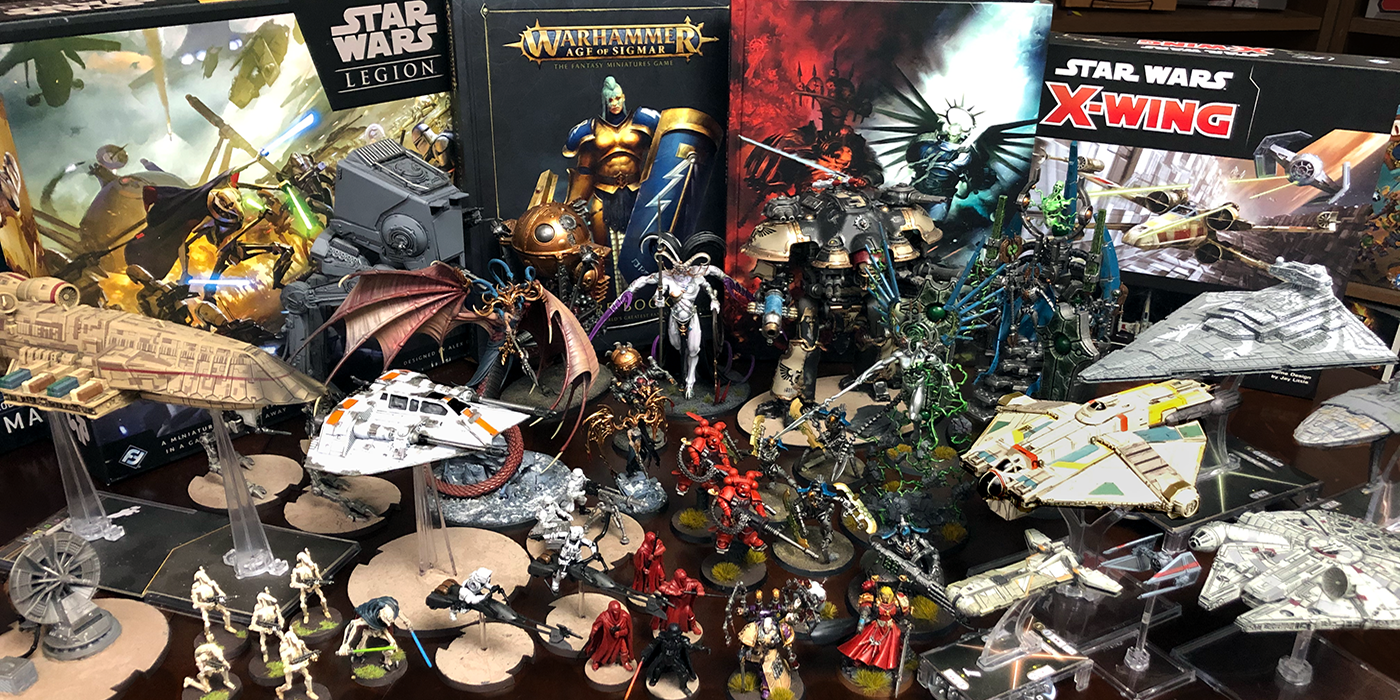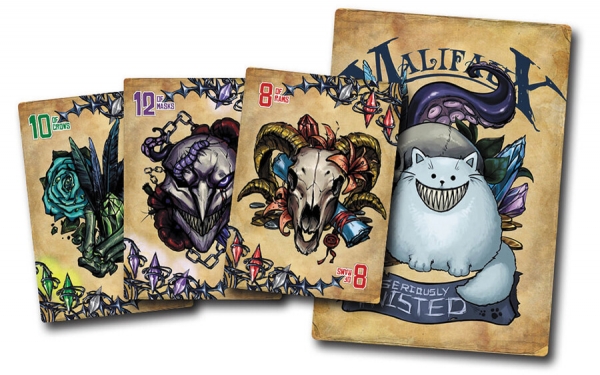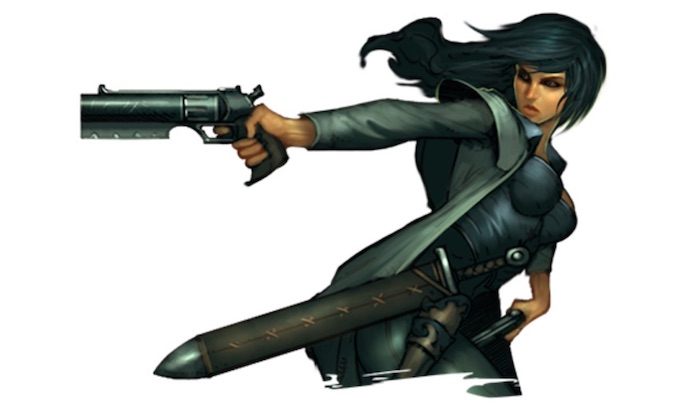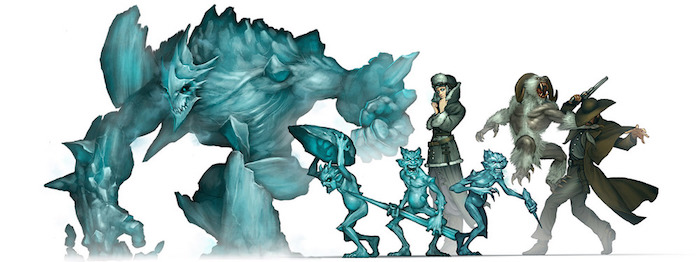Wyrd: Malifaux 3rd Edition – The Core Rules are Shaping Up


The beta is going full steam ahead, and Wyrd wants to give players a peek at what they can look forward to in the new edition. Check out how the core rules have changed.
The latest edition adds some new mechanics. The core rules haven’t been changed so much as optimized without taking away what players love about the game: its layers of strategic decision making. Deployment zones have been adjusted, threat ranges increased, and there are more mobility options. All of this means getting into combat, and starting the action, faster. To cut down on bloat, even more, they’ve reduced the number of Conditions. They’ve also cut back on excess Actions, Abilities, and Triggers to make the game run smoother – less memorization, more off the cuff fun.
This is the first update that really digs into the changes being made since the new ruleset was announced in July. There’s some streamlining here I think players will appreciate. Quick note: all images are from previous editions, they are not previews of the new edition.
Card Draw
Rampant card draw was incredibly problematic in Second Edition (M2E), as it gave certain Masters and Crews far too much control over the game. In fact, this lead to several errata adjustments and forced the design team to greatly limit the number of models that let players draw cards, which was a bit counter-productive in a game that uses cards as its main randomization mechanic.
To address this issue, we’ve capped the max number of cards in hands in M3E. Each player is limited to a hand size of six cards; if they draw cards in excess of this limit, they must immediately discard down to their maximum hand size. This ensures that card draw is still good but shifts it from something you want to happen at the start of every turn to something you want to spread out through the turn to replace cards that you discard or Cheat over the course of normal play.
Of course, card cycling is pretty good in and of itself, so that card draw still has a benefit for players that go over their maximum hand size, just less of a benefit than pure card draw.

Line of Sight
In many ways, Line of Sight (or LoS, as it is often abbreviated) hasn’t changed all that much from M2E. To determine if two models have LoS to each other, you still draw sight lines between them. If any of those sight lines are unobstructed, the two models can see each other. Any objects that have a Size or Height that is lower than either of the two models are ignored, which allows bigger models to see over smaller models or obstacles.
As a bonus, if a model is standing on Terrain with the “Height” trait, it adds the Height of that Terrain to its Size when determining what it can ignore when drawing LoS, which makes elevated positions important for snipers and other gunmen.

Size and Height
In M2E, models had the Height trait, which was a rough estimation of that model’s size. Unfortunately, that became a bit awkward when dealing with models that were wide but short, and new players were often confused by taller models having the same Height stat as shorter models.
In M3E, we kept Height as a trait that is possessed by Terrain (typically with Height equal to the Terrain’s height in inches), but on models, Height has been changed to Size. This should allow us to more accurately represent models with differing body types.
As a random aside, we’ve also suggested that models not be allowed to stand upon particularly tall Terrain (Height 5 or greater). This is only a suggestion, as we don’t want to invalidate a lot of the cool Terrain that people have created over the years, but unreachable sniper nests can be problematic in any miniatures game, so we wanted to weigh in and push people toward more reasonable vertical Terrain with a suggested cap.






